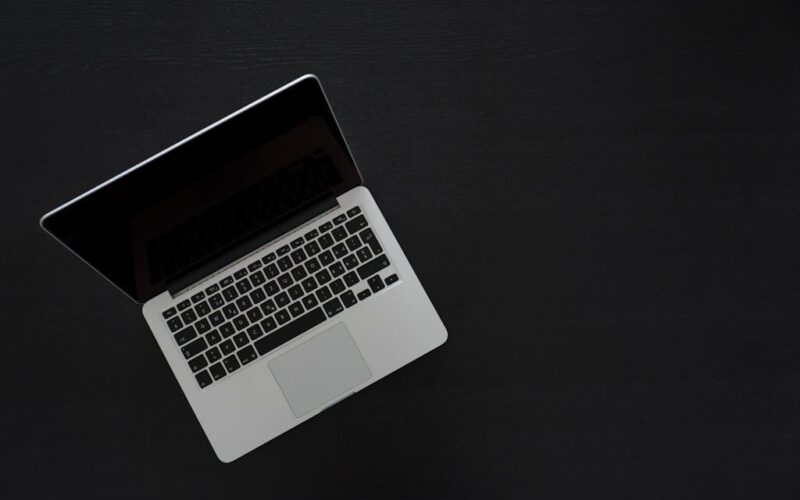As a programmer or developer, choosing the right laptop is crucial for ensuring smooth, efficient work processes. The ideal laptop for programming should offer robust performance, ample storage, and a comfortable display for extended coding sessions. Whether you’re developing software, building websites, or working with large databases, here are some key factors to consider when selecting the best laptop for programming and development.
Processor Performance
The processor (CPU) is the heart of your laptop and plays a significant role in determining its performance. For programming and development, you’ll need a laptop with a powerful processor that can handle complex tasks without slowing down. Intel’s i5 or i7 processors and AMD’s Ryzen series are popular choices among developers. These multi-core processors provide the speed and efficiency needed for compiling code, running virtual machines, or handling multiple applications simultaneously.
RAM for Multitasking
Programming often involves running several applications at once, such as code editors, compilers, browsers, and virtual machines. To ensure smooth multitasking, your laptop should have at least 8GB of RAM, though 16GB or more is recommended for handling heavier workloads. Sufficient RAM prevents lag and allows you to run resource-intensive tasks without crashing your system.
Storage Options: SSD vs. HDD
When it comes to storage, solid-state drives (SSDs) are far superior to traditional hard drives (HDDs) in terms of speed and reliability. SSDs significantly reduce boot times and improve the overall performance of your laptop. For programmers, having an SSD is essential for quickly loading files, projects, and applications. A laptop with 256GB or 512GB of SSD storage is generally sufficient for most programming needs, though you may want more if you work with large files or multiple operating systems.
Display Size and Quality
Programming requires long hours of staring at the screen, so having a high-quality display is important for reducing eye strain and maintaining productivity. A laptop with a 13 to 15-inch display is ideal for portability and provides enough screen real estate for coding and reading documentation. Look for laptops with Full HD resolution (1920 x 1080) or higher for sharp text and clear visuals. IPS panels are recommended for their wide viewing angles and accurate color reproduction, making them suitable for both coding and design work.
Battery Life for Mobility
If you frequently work on the go, battery life is an essential factor. A laptop with a long-lasting battery allows you to work from anywhere without constantly needing to plug in. Many modern laptops offer battery life ranging from 8 to 12 hours, depending on usage. Be sure to check the manufacturer’s specifications and real-world reviews to get an accurate estimate of battery performance under heavy workloads.
Keyboard and Ergonomics
A comfortable keyboard is essential for programming, as you’ll be typing for extended periods. Look for a laptop with a responsive, tactile keyboard that has good key travel and spacing. Backlit keyboards are also a plus, especially if you often work in low-light conditions. Ergonomics play a big role in productivity, so ensure that the laptop’s design is comfortable for prolonged use, with a trackpad that’s responsive and easy to navigate.









